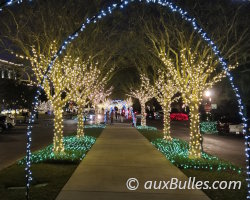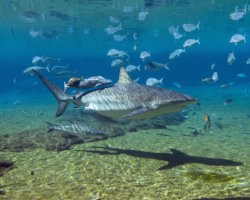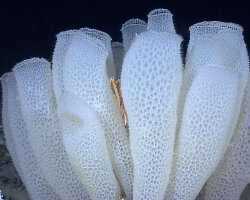Islands destinationThe Hawaiian archipelago, a volcanic gem of the pacificOceania | Pacific ocean
Last updated on 10/24/2025 at 06:45 PM
Located in the heart of the Pacific ocean, the Hawaiian archipelago is a chain of volcanic islands born from the activity of an underwater hotspot. This string of islands, with its contrasting landscapes of active volcanoes, tropical forests and turquoise lagoons, shelters an exceptional biodiversity. A true natural laboratory, Hawaii illustrates both the power of geological forces and life's extraordinary ability to adapt in a constantly changing environment.

On the iconic Waikiki Beach on O'ahu stands the statue of a surfer, a symbol of the true spirit of Hawaii
The archipelago is made up of six main islands: Hawai'i, often called Big island, the largest and youngest, dominated by the Mauna Loa and Kīlauea volcanoes, Maui, famous for its Haleakalā volcano and lush valleys, O'ahu, known as the « Heart of Hawaii », home to Honolulu and the legendary Waikiki Beach, Kaua'i, nicknamed the « Garden island » for its lush vegetation and finally, the more secluded and authentic islands of Moloka'i and Lāna'i. Each of these islands has its own identity, shaped by its geological history, climate and culture.
A spectacular volcanic origin
The Hawaiian archipelago was formed above a fixed hotspot located beneath the Pacific plate. As this plate moves, new volcanoes emerge and give rise to new islands. The oldest ones lie to the northwest, while the youngest, such as the island of Hawai'i, are still forming today. Kīlauea, one of the most active volcanoes in the world, is a vivid reminder of this ongoing geological activity.
Landscapes between fire and ocean
Hawaii offers an astonishing variety of landscapes: steep cliffs plunging into the sea, golden or black sand beaches, steaming lava flows, lush valleys and humid tropical forests. This diversity is a direct result of volcanic activity and the contrasting climates between windward and leeward sides. Each island has its own personality and unique balance between the elements.
A biodiversity found nowhere else on earth
Isolated in the middle of the Pacific ocean, the Hawaiian archipelago is home to a remarkably rich and unique biodiversity: more than 90 % of its plant and animal species exist nowhere else on Earth. From iconic birds like the nēnē, the Hawaiian goose, to tree fern forests, each ecosystem showcases the creativity of evolution in island environments.
This remarkable biodiversity is now threatened by invasive species, urbanization and climate change. Conservation programs in Hawaii aim to restore natural habitats and protect endemic species. Preserving this archipelago means safeguarding a true natural heritage and a living witness to our planet's geological history.
The birthplace of surfing
Hawaii is considered the
birthplace of surfing, an ancient art that existed long before it became a worldwide sport. Native Hawaiians practiced
he'e nalu, literally meaning « to slide on the wave », centuries before Westerners arrived. More than just a pastime, surfing was deeply rooted in Polynesian culture and spirituality. Chiefs and warriors saw it as a way to demonstrate strength, balance and harmony with the ocean, a sacred element in Hawaiian tradition.
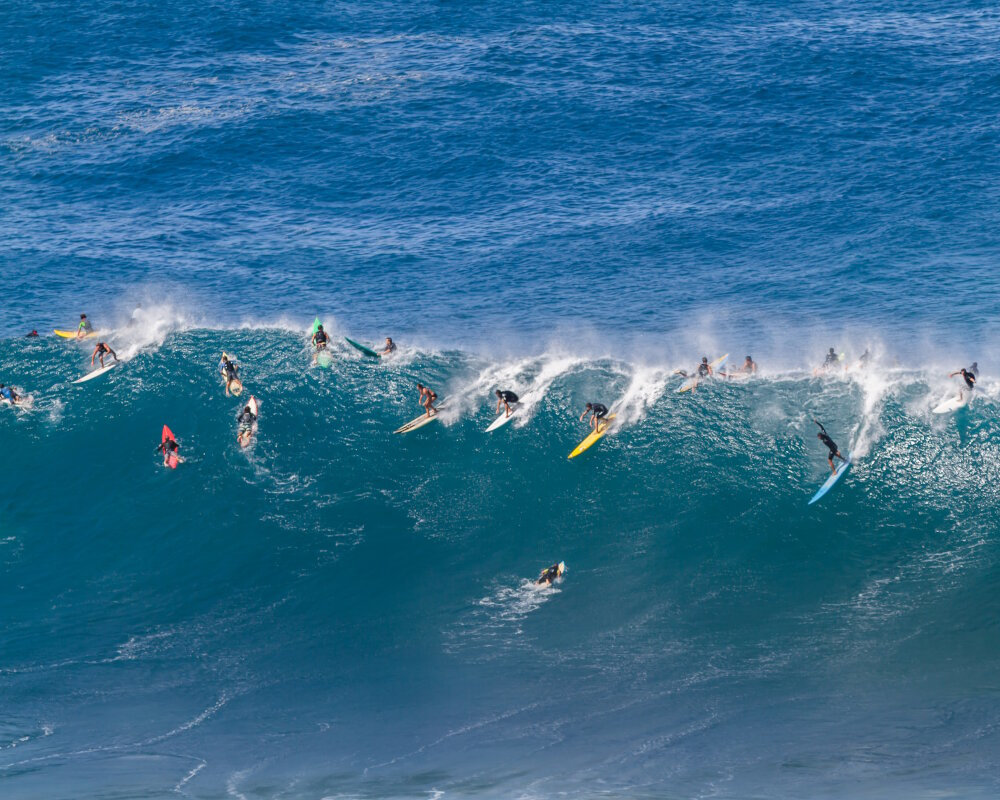
At Waimea Bay, on the island of O'ahu, surfers ride a towering giant wave on Hawaii's legendary North Shore ©
Kelly Headrick |
Dreamstime.comToday, surfing remains deeply woven into Hawaii's identity. Iconic beaches like Waikiki, Pipeline and Sunset Beach attract surfers from around the world who come to challenge the archipelago's legendary waves. Beyond athletic performance, surfing in Hawaii embodies a lifestyle built on connection with nature, freedom and respect for the sea. Blending cultural heritage and modern passion, Hawaii continues to be the beating heart of surf culture, the place where it all began.
Beneath Hawaii's Waters
Hawaii's crystal-clear waters are home to an extraordinary biodiversity, shaped by the archipelago's geographic isolation. The coral reefs provide shelter for more than 25% of endemic species, such as the
milletseed butterflyfish (
Chaetodon miliaris) and the
wedgetail triggerfish (
Rhinecanthus rectangulus), the official state fish. Green sea turtles, often seen near the coast, add to the magic of the lagoons, along with the colorful schools of tropical fish that bring the corals to life.
Further offshore, marine life becomes larger and even more spectacular. Giant manta rays glide gracefully through the deep, playful spinner dolphins dance in the waves, and in winter, majestic humpback whales migrate to the warm Pacific waters to give birth.
The marine species from Hawaii
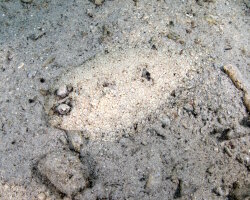
Leopard flounder
(Bothus pantherinus)

Longnose butterflyfish
(Forcipiger flavissimus)

Milletseed butterflyfish
(Chaetodon miliaris)

Moorish idol
(Zanclus cornutus)
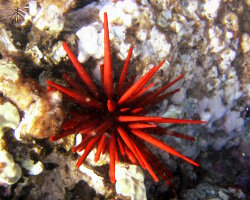
Slate pencil urchin
(Heterocentrotus mamillatus)

Spinner dolphin
(Stenella longirostris)
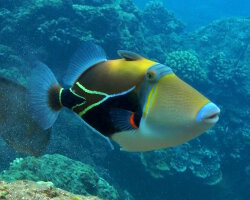
Wedgetail triggerfish
(Rhinecanthus rectangulus)
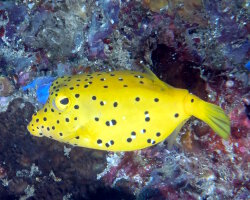
Yellow boxfish
(Ostracion cubicus)
Things to do in Hawaiian archipelago
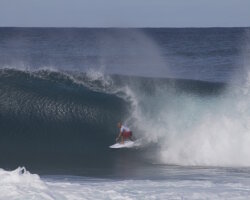
Go surfing in Hawaii
The islands from pacific ocean

Clipperton island
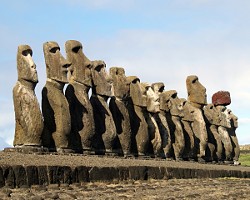
Easter island
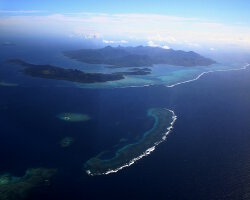
Fiji islands

Kei islands

Marshall islands
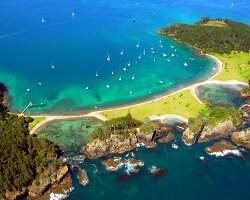
Motuarohia island
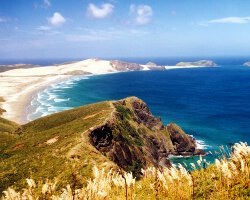
New-Zealand
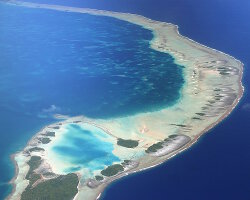
Rangiroa atoll
Explore new islands !
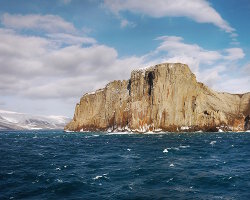
Deception island

Grand Bahama island
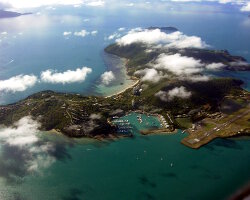
Hamilton island
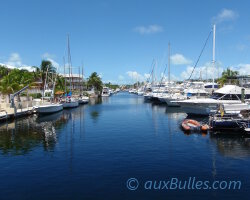
Key Largo island
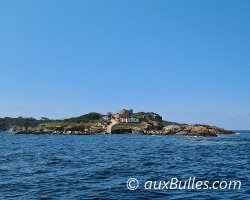
Petit Ribaud island

Santorini island
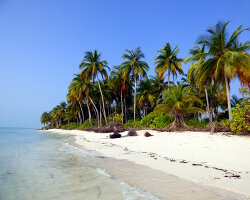
Thinakara island

Tigani island





























